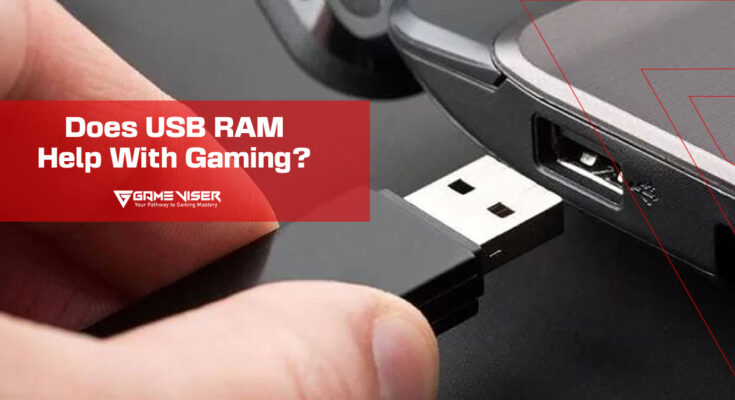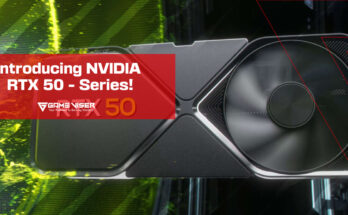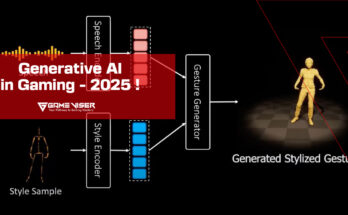Discover whether using USB RAM can improve your gaming experience. Explore its impact on gaming performance, alternatives, and tips for boosting your PC’s speed.
Table of Contents
Introduction
In the world of gaming, having top-level hardware is crucial for a smooth gaming experience. Gamers often focus on upgrading their CPUs, GPUs, and RAM to ensure optimal performance. However, a lesser known solution that some may come across is the concept of “USB RAM.” But does USB RAM actually help with gaming? In this article, we will look into what USB RAM is, whether it can boost gaming performance, and explore more effective alternatives for optimizing your gaming setup.
What Is USB RAM?
USB RAM refers to the concept of using a USB drive (also known as a flash drive) as additional system memory. While traditional RAM (Random Access Memory) is hardware specifically designed to provide high-speed temporary storage for a computer’s processes, USB drives are primarily designed for file storage. However, in some operating systems like Windows, a feature called ReadyBoost allows you to use a USB drive as a cache to support system performance.
How Does ReadyBoost Work?
ReadyBoost is a feature introduced in Windows Vista and still supported in Windows 10 and 11. It allows you to use a USB drive as a sort of “extra memory” to improve your PC’s performance, especially if you have limited RAM. The system uses the USB drive to store frequently accessed data, speeding up certain processes without requiring access to the slower hard disk drive (HDD).

ReadyBoost is particularly beneficial on systems that have older spinning hard drives and low amounts of physical RAM. However, for gaming, which relies heavily on real-time data processing and high-speed memory access, is USB RAM via ReadyBoost a viable solution?
Can USB RAM Improve Gaming Performance?
The simple answer is no, USB RAM will not significantly improve your gaming performance. Let’s explore why:
1. USB Drive Speeds Are Not Comparable to RAM
Traditional RAM operates at extremely high speeds compared to USB drives. RAM can process data in nanoseconds, whereas even the fastest USB drives process data in microseconds or milliseconds. Gaming requires quick access to data, especially for rendering graphics, loading assets, and managing real-time actions. A USB drive simply cannot keep up with these demands.
2. ReadyBoost Focuses on Caching, Not Gaming
While ReadyBoost can help improve overall system responsiveness on low-RAM machines by caching frequently accessed files, it is not designed to handle the intense data processing needs of modern games. Games typically demand large amounts of memory to store textures, models, and other assets that need to be accessed in real time. A USB drive operating through ReadyBoost will not provide the necessary bandwidth to process such large data sets.
3. USB Flash Drives Have Limited Read/Write Cycles
Flash memory, such as that used in USB drives, has a limited number of read/write cycles. Frequent usage in a gaming setup could wear out your USB drive more quickly than typical storage use. On the other hand, RAM is built to handle millions of cycles without degradation, making it far more suited to gaming.
Alternatives to USB RAM for Gaming Performance
If you’re looking to improve your gaming performance, using USB RAM via ReadyBoost is not the best option. Here are some more effective alternatives that will make a noticeable difference:
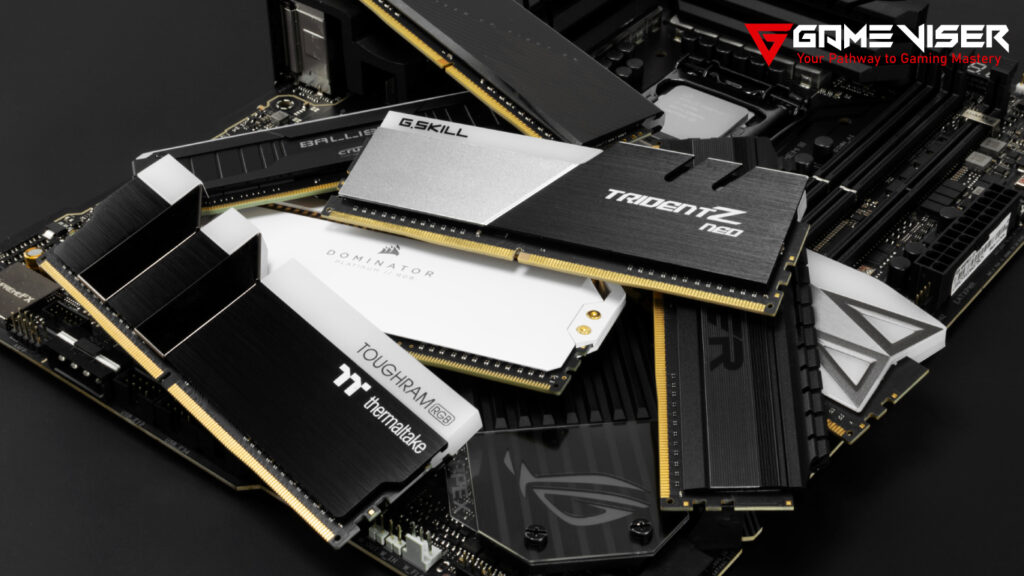
1. Upgrading Your RAM
The most straightforward solution to improving gaming performance is upgrading your system’s RAM. Games today demand at least 8GB of RAM for a decent experience, with many AAA titles recommending 16GB or more. If your system is bottlenecked by low RAM, upgrading to 16GB or 32GB can provide significant performance improvements, particularly in terms of smoothness, reduced stuttering, and faster load times.
2. Switching to SSDs
If your system is still running on a traditional HDD, upgrading to an SSD (Solid State Drive) can massively improve load times and overall system responsiveness. SSDs offer far faster read/write speeds compared to HDDs, making them ideal for gaming. They can reduce game load times and improve texture streaming, especially in open-world games where large amounts of data need to be accessed quickly.
3. Optimizing In-Game Settings
Sometimes, performance improvements can be achieved without hardware upgrades by simply optimizing the game’s settings. Reducing graphics settings like texture quality, shadows, and resolution can significantly improve frame rates without the need for expensive upgrades. Consider using lower settings if your current setup is struggling.
4. Overclocking Your Hardware
Overclocking your CPU, GPU, or RAM can also help squeeze out extra performance from your existing hardware. However, this should be done with caution as overclocking can increase power consumption and heat, potentially reducing the lifespan of your components if not managed properly.
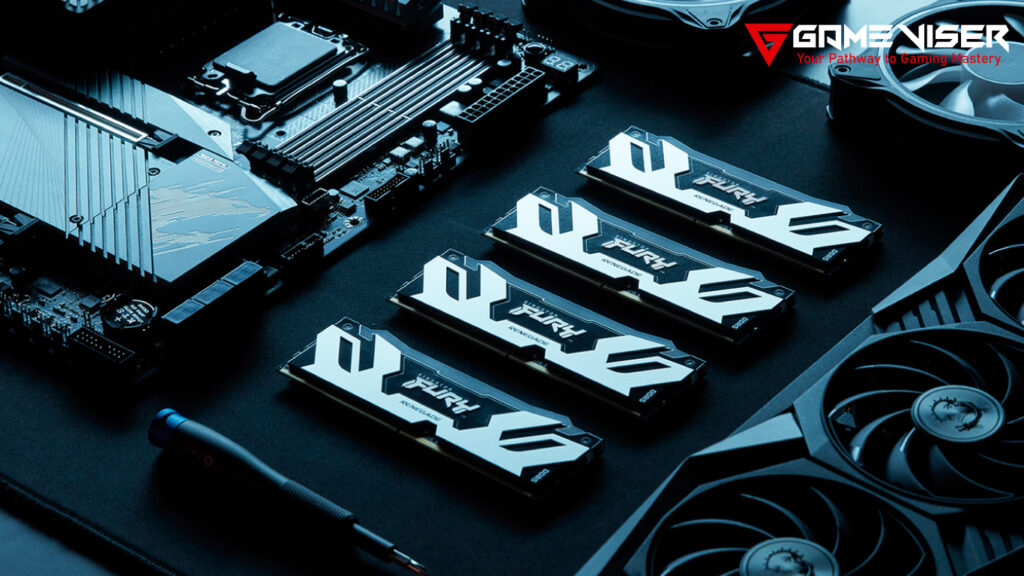
5. Clearing Background Processes
Gaming performance can be impacted by background applications consuming system resources. Before gaming, ensure unnecessary programs and processes are closed. This frees up RAM and CPU cycles, allowing your game to run more efficiently.
When Is ReadyBoost Useful?
While USB RAM may not help with gaming, ReadyBoost can still be useful in certain situations:
- Older PCs with Low RAM: If your system has 2GB or less of RAM and you are not ready for an upgrade, using a USB drive with ReadyBoost can help improve everyday tasks like browsing the web, editing documents, or watching videos.
- Systems with HDDs: If you are using a computer with a traditional hard drive, ReadyBoost can reduce load times for some applications by caching files on the faster flash drive.
- Budget Systems: For users on a tight budget, ReadyBoost offers a way to improve system responsiveness without investing in new RAM or an SSD.
However, it’s important to note that the benefits of ReadyBoost diminish significantly on systems with 4GB or more of RAM or systems already equipped with SSDs. For gaming, which requires fast, consistent memory access, these small gains will likely go unnoticed.
Does USB RAM Help Console Gaming?
Some users may wonder if USB RAM or ReadyBoost can help with console gaming performance. Unfortunately, the answer is no. Consoles like the PlayStation and Xbox have their own tightly integrated hardware that cannot be modified through external USB drives for system memory purposes. Gaming consoles are specifically designed to operate optimally with their pre-configured hardware, and attempts to use external USB RAM would not work.
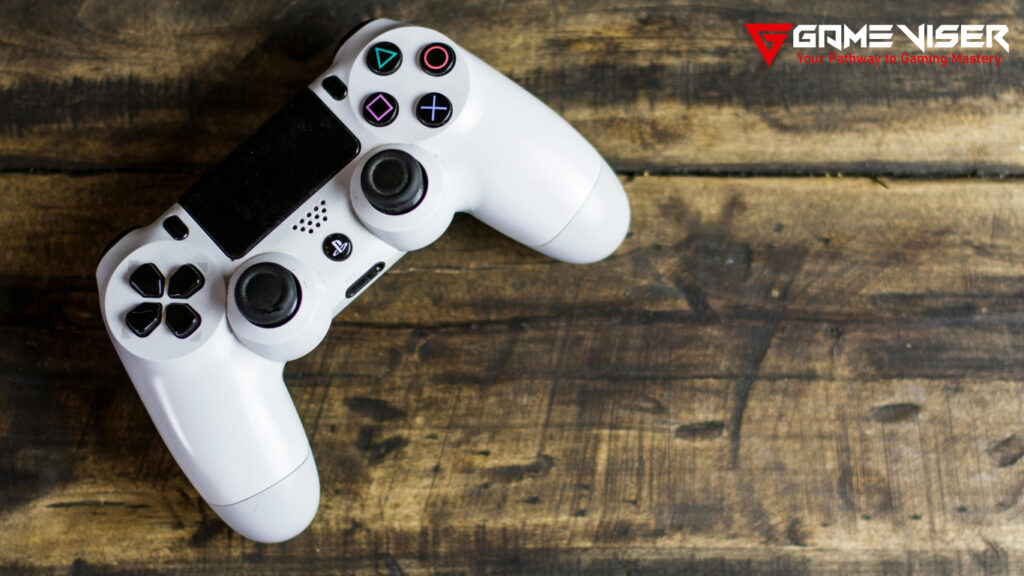
The Importance of RAM in Gaming
To understand why USB RAM isn’t a solution for gaming, it’s essential to understand the role of RAM in gaming:
- Stores Active Game Data: RAM stores the data your computer needs to access quickly during gaming, such as textures, models, and game physics. The more RAM you have, the more data your system can keep readily available, reducing stuttering and load times.
- Supports Multitasking: Gamers often run multiple programs while gaming, including game launchers, voice chat programs, web browsers, and more. Sufficient RAM allows your system to handle these multitasking needs without impacting performance.
- Improves Overall System Performance: More RAM allows for smoother performance across the board, ensuring your system can handle not just gaming, but other resource-intensive tasks as well.
Given these essential roles, relying on the limited speed and capacity of a USB drive to supplement your RAM for gaming is simply not effective.
Conclusion
In conclusion, while the concept of using USB RAM through Windows ReadyBoost may seem like a quick fix for improving system performance, it won’t significantly help with gaming. USB drives simply cannot match the speed, bandwidth, and endurance required for modern gaming workloads. Instead, if you want to boost your gaming performance, consider upgrading your system’s RAM, switching to an SSD, or optimizing your in-game settings.
When it comes to gaming, there is no substitute for high-quality RAM, a powerful CPU, and a good GPU. While USB RAM may offer a small performance boost in general computing tasks on older systems, it’s not a viable option for gamers looking to enhance their experience.
FAQs
Can USB RAM improve gaming performance?
No, USB RAM, via features like ReadyBoost, does not significantly improve gaming performance. USB drives lack the speed and bandwidth required for gaming workloads.
What is ReadyBoost, and how does it work?
ReadyBoost is a Windows feature that uses a USB drive as a cache to improve system responsiveness, especially on low-RAM systems. However, it is not designed for gaming performance enhancements.
Is upgrading RAM better than using USB RAM for gaming?
Yes, upgrading your physical RAM is much more effective for gaming than using USB RAM. RAM operates at far higher speeds and is essential for handling real-time gaming data.
Can USB RAM help with gaming on consoles?
No, USB RAM cannot improve gaming performance on consoles. Consoles have fixed hardware configurations that cannot be enhanced with external USB drives for memory purposes.
What are the best ways to boost gaming performance?
The best ways to boost gaming performance include upgrading your RAM, switching to an SSD, optimizing in-game settings, and overclocking your hardware.

